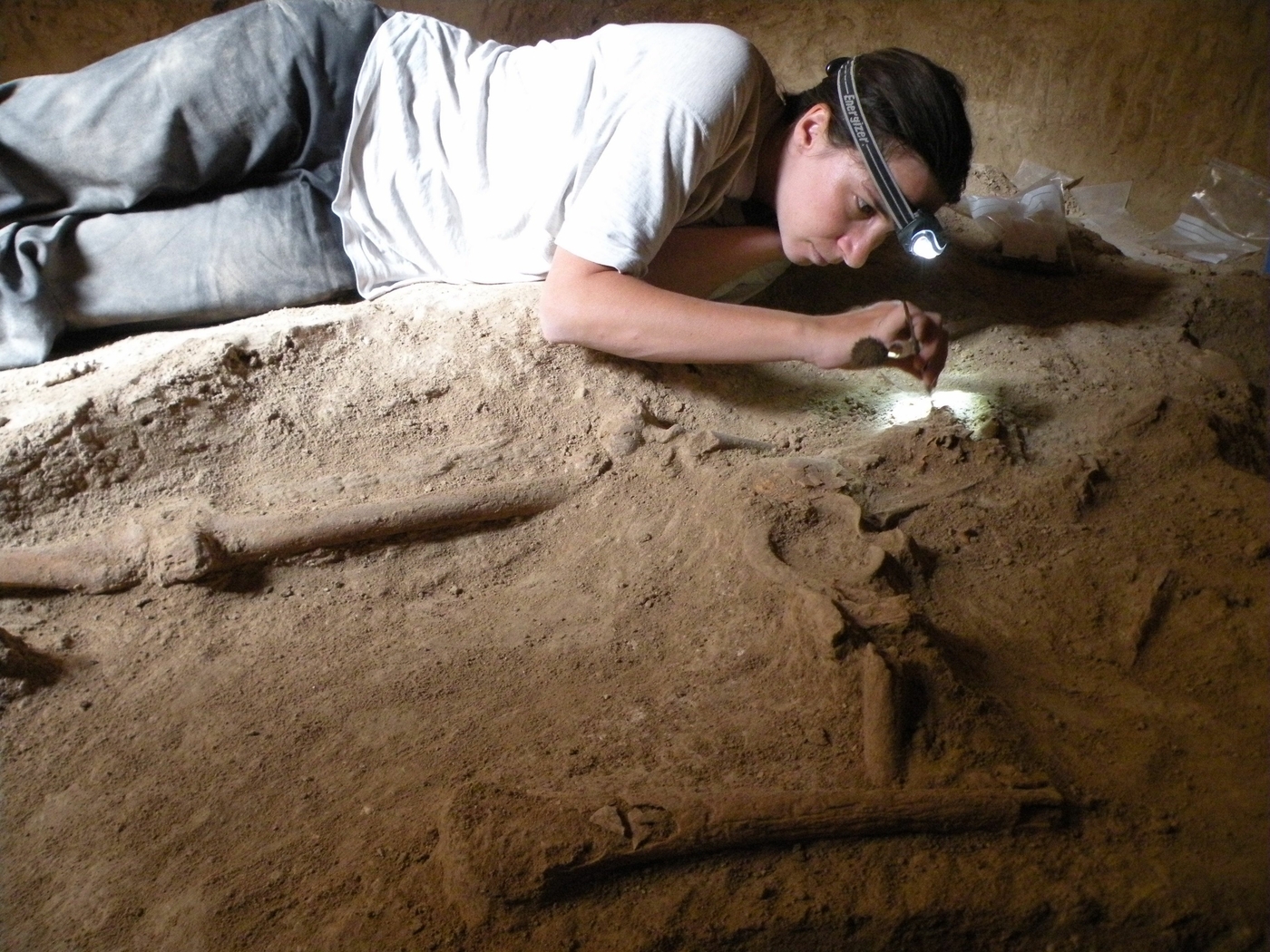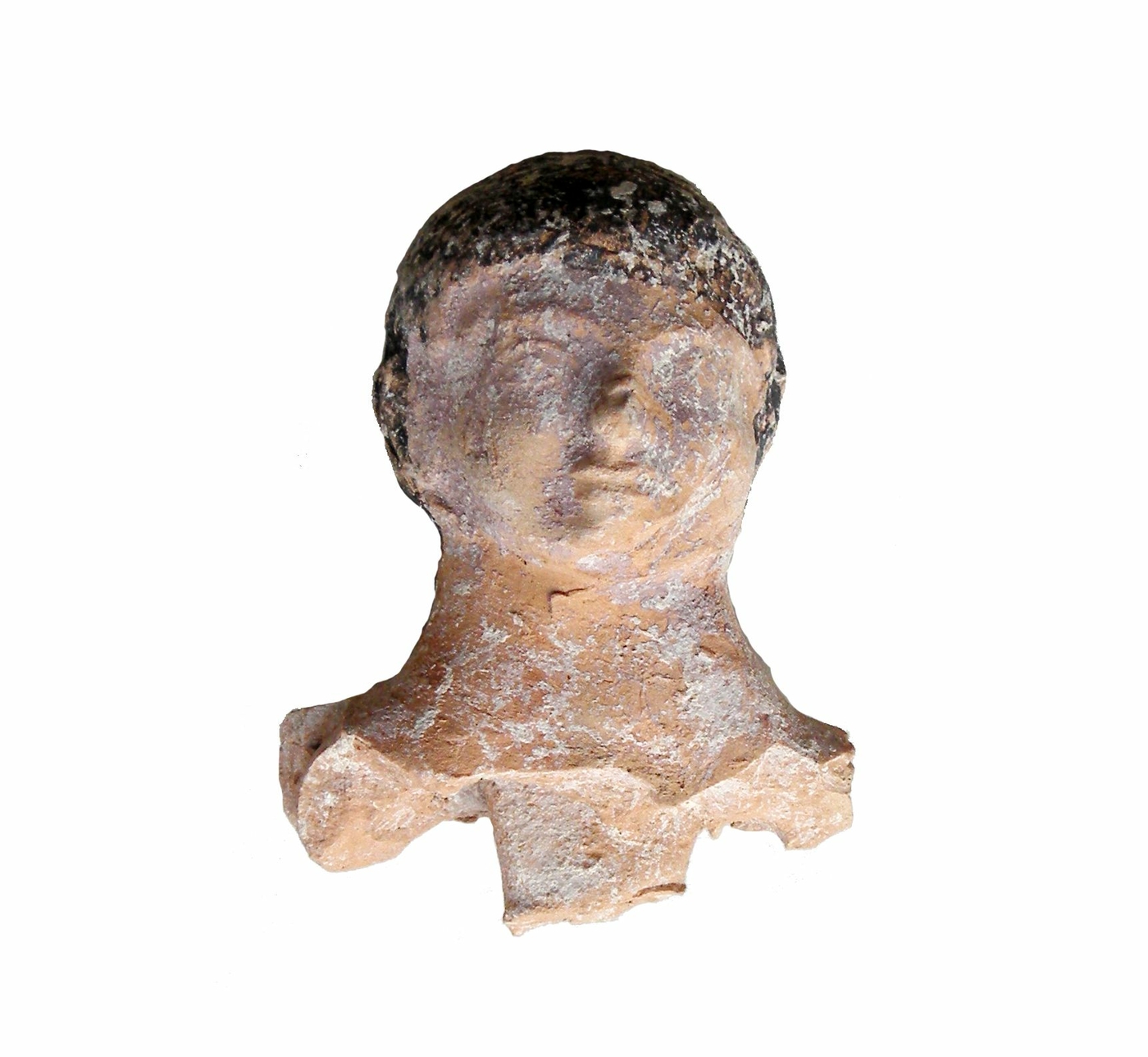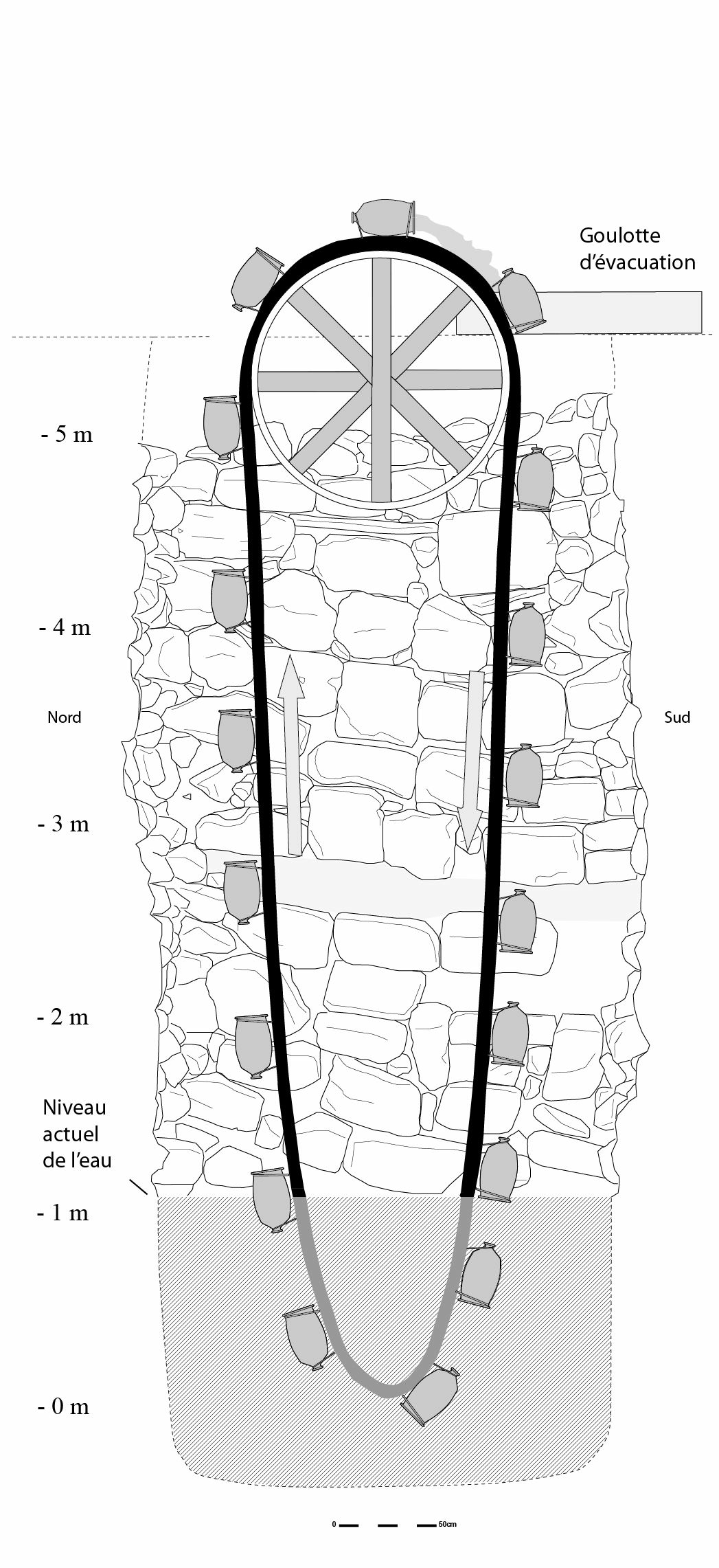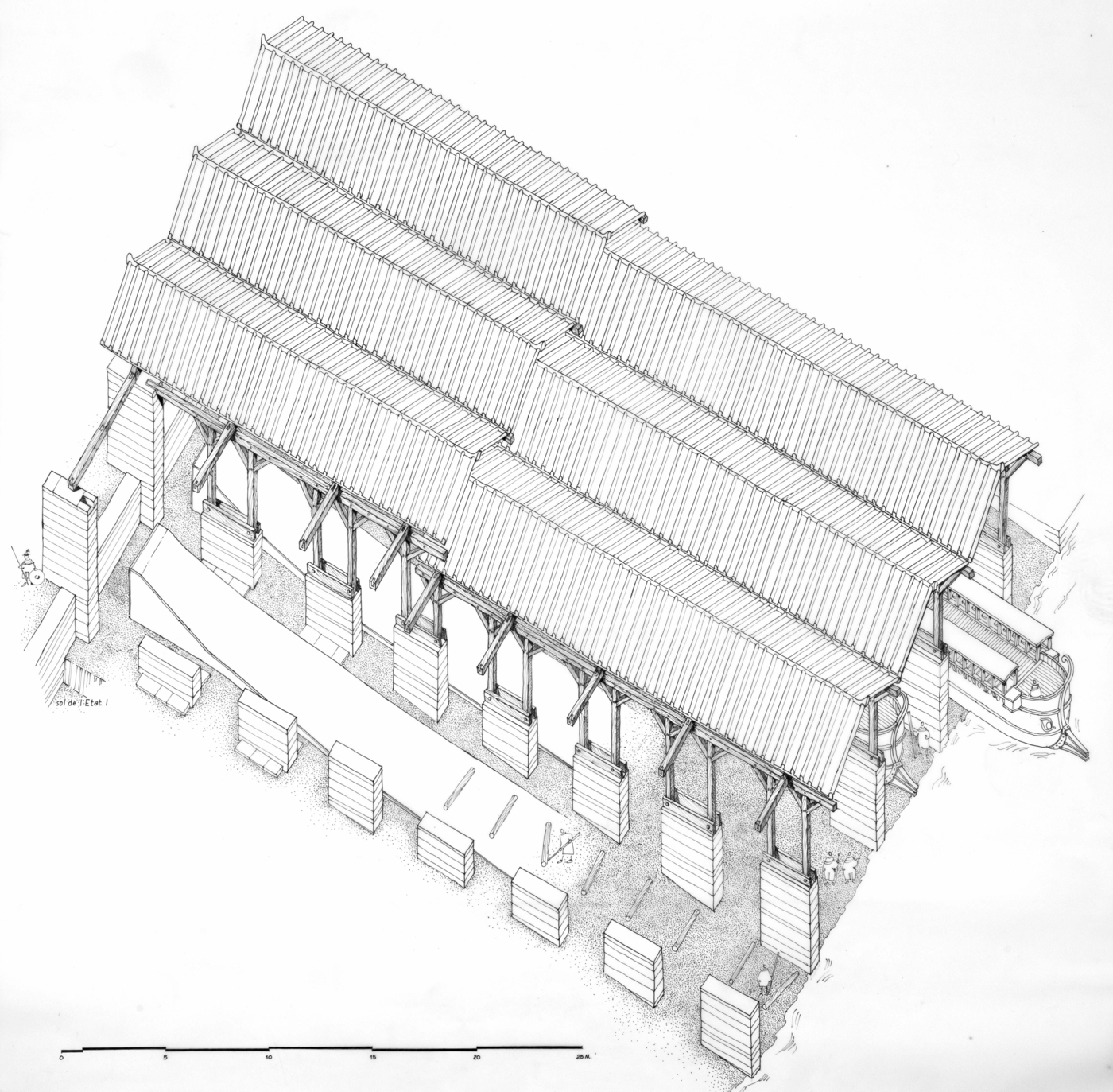Kition: a capital city of Cyprus
Kition, on the southeast coast of the island, was the capital of a Cypriot-Phoenician kingdom in the 1stmillennium BCE. Dating from the 13thcentury BCE, its life span has allowed archaeologists to study, throughout Antiquity, archaeological evidence for periods of crisis, forms of urban resilience and means of contact between different peoples.
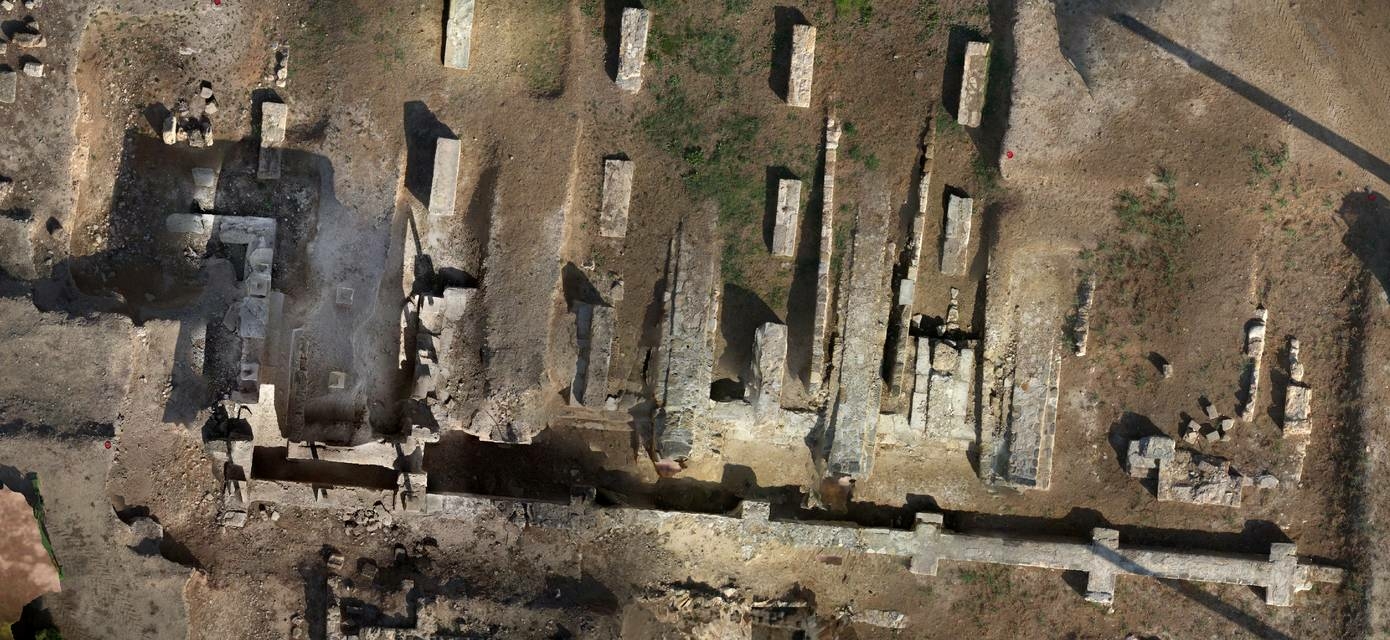
Since the remains of the ancient city of Kition lie under the modern city of Larnaca, the excavation was limited to a few plots of unbuilt land separated from their surroundings. The current excavation, carried out in conjunction with the Department of Antiquities of Cyprus, combines spatial analysis and targeted excavations (necropolises, sanctuaries, habitats, the rampart and so on) to study the city under the city. This will shed light on its development throughout Antiquity, from the 13th century BCE to the 4th century CE.
Bamboula harbour: a building to shelter the military fleet of the Phoenician kings of Kition in the 4thcentury BCE.
The archaeological site of Bamboula, one of the rare plots of land free from construction within the grid of the contemporary city where it is possible to carry out extensive excavations, is in the northern part of Larnaca and several hundred metres from the modern coastline. In Antiquity it was on the southern and western edges of a sheltered harbour basin; a palaeoenvironmental study has shown that it remained navigable until at least the 4thcentury CE.
In fact, the remains of this basin (a pond responsible for an epidemic of malaria) led to most of the site being destroyed in 1879 during a hygiene operation carried out by the British administration. The French archaeological mission began to excavate the site extensively in 1976, starting with the remains of a sanctuary(used at least from the 9thcentury BCE) and then, by extending the area under study to the north, the remains of a large building that backs on to a strong terracing wall.
The building, of which the western section has survived, with a possible extension to the east, consists of a series of long and narrow north-facing ship sheds, separated from each other by lines of masonry pillars that supported the roof. Each bay had a sloped ramp onto which the ships were hauled. What type of ships did they use? Parallels made with other similar buildings (including the neosoikoi of the military port of Athens, in Piraeus) suggest the ships were triremes: fast and manoeuvrable warships driven by three rows of rowers.
The excavation of the northern section of the building, now under the water table, which revealed a seventh and final row of pillars, confirmed this hypothesis and suggests the building was almost 40 m long. The distribution of the site (at the far end of a sheltered bay) provided an environment adapted to such a building, to which the sanctuary to the north offered another form of protection; it also reveals the manoeuvrability of the triremes, and the skillfulness of the sailors, who managed to manoeuvre their ships in the narrow and fairly shallow basin, and then to haul them, stern first, on to the ramps where they were put to dry.
An exceptional discovery
This is an exceptional discovery for several reasons: firstly, the remarkable state of conservation of the site; secondly, archaeologists were able to reconstruct a coastal landscape completely obliterated by recent urban developments, and reproduce the immediate environment of the Antique city; thirdly, the harbour (neoria) of Kition provides a concrete framework, an actual space for historical events known through written sources. We know, for example, that the Phoenician king of Kition, Milkyaton, fought in the early 4thcentury BCE the troops of his neighbour, the king of Salamis, Evagoras, who was attempting to place the whole island of Cyprus under his control. We also know that, at the end of the same century, the Greek king of Egypt, Ptolemy I, ordered his fleet at Kition to besiege Salamis. Archaeologists do not illustrate the documentary sources, they give the depth of a living space to the stories of the past.
The project is supported by the French Ministry for Europe and Foreign Affairson the advice of the Excavation Committee (Commission des fouilles).
Useful links
Gateway to the scientific archives of the French mission (archaeological sites of Kition and Salamis)
Open access publications (monographs):
Presentation of the Cyprus research programme on the website of the HiSoMA laboratory.



